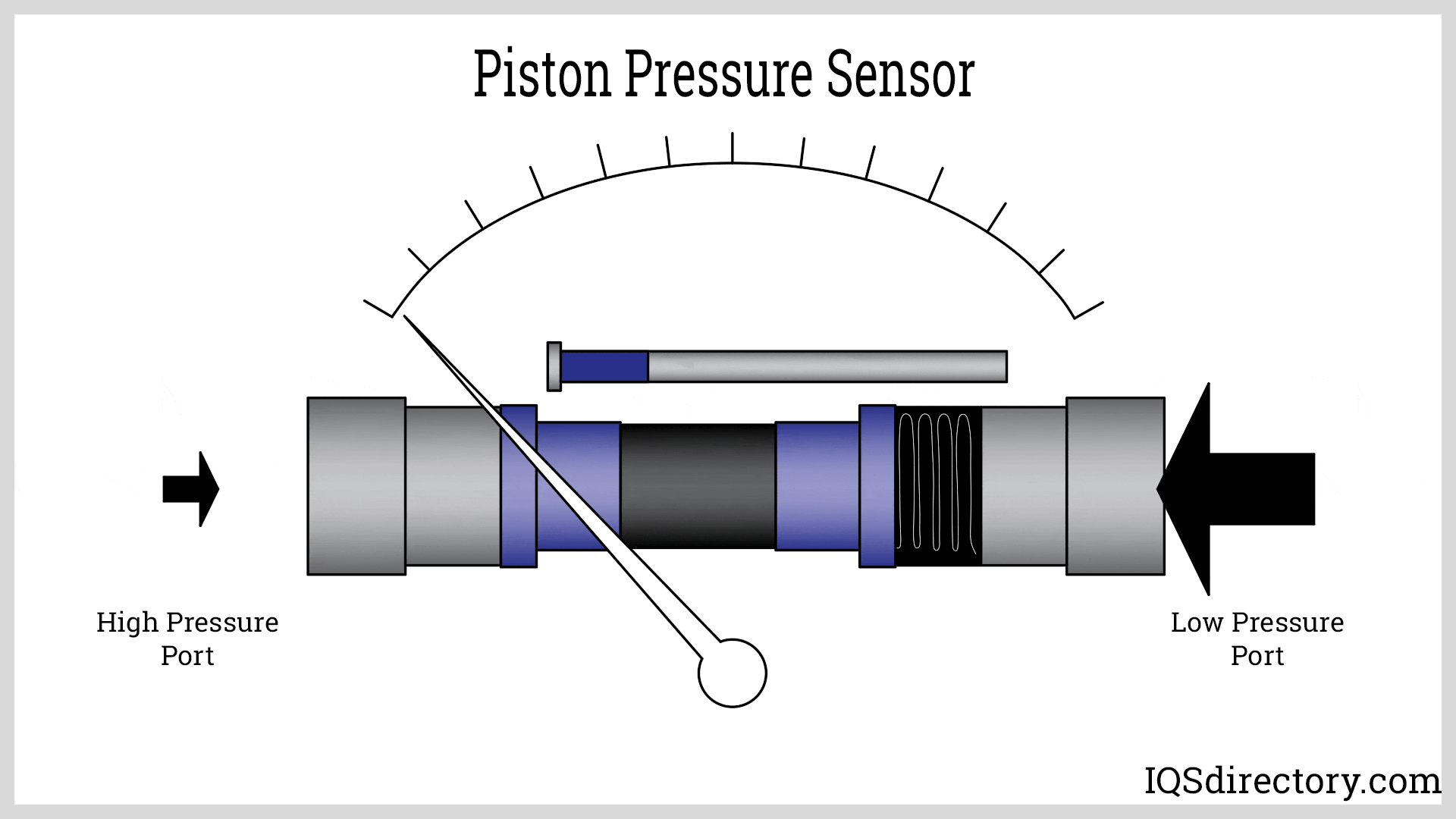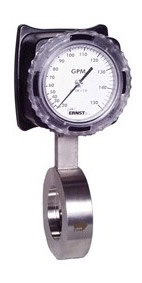Transducers, however, can convert a form of energy into another form while sensors always convert energy into a readable display. Other kinds of transducers measure torque while others communicate air pressure. Read More…
Since 1971, Thermalogic has been a leading manufacturer of electronic temperature and humidity control and sensors. Here at Thermalogic we work with our clients in a partnership to build a lasting business relationship. All of our products have quick turnaround times, including custom designs, and are thoroughly tested prior to being sent out. At Thermalogic we pride ourselves on our high...
More Temperature Transducer Manufacturers
Temperature transducers translate energy from pressure or from the temperature itself and use it to produce a measurement, displayed on a gauge, dial or display. These devices take temperature readings by either coming into direct contact with a substance or by evaluating its infrared energy. Depending on the kind, temperature transmitters can be housed in a tough stainless steel enclosure and equipped in cooling jackets or air purge assemblies; they are built to withstand the most intense industrial conditions.
Transducers in the form of probes have no moving parts that would require maintenance and often consist of two thin metal wires or a flat disc. Other kinds are handheld and encased in plastic. They have a small window that allows the internal sensors to make a reading of infrared energy. Temperature transducers and sensors are used in many industries and processes where heat is present.
Typical applications include measuring the temperatures of ceramic materials, metals, plastics, robotics, semiconductors, textiles and glass. Processes like heat treating, printing and petrochemical development are just a few examples of operations in which temperature transducers are useful.
There are two main ways that a temperature transducer or transmitter measures thermal energy. Contact temperature transducers physically touch the substance and then measure their own temperature. When thermal equilibrium is achieved, there is no heat flow between the transducer and the substance being measured; the temperatures are the same. They are fairly durable and simple to use. However, the physical contact may contaminate the substance or damage the transducer. Readings require time because thermal equilibrium must be reached.
Also, there is an increased potential for incorrect measurements when using contact transducers because it is difficult to accurately measure a flowing liquid. Regardless, they are used to measure solids, liquids and gases. The alternative is to use a non-contact transducer. These devices read temperature by measuring the infrared energy being emitted by an object or substance.
Though they cannot measure gas temperature, they are used with solids and liquids. Non-contact transmitters are used to measure temperature when actual contact between the sensor and product would cause contamination or corrosion, when the substance is moving, when the reading must be taken quickly or when the reading must be taken through a window (such as in an explosive environment).






 Flow Meters
Flow Meters Leak Detectors
Leak Detectors Level Switches
Level Switches Pressure Gauges
Pressure Gauges Pressure Switches
Pressure Switches Pressure Transducers
Pressure Transducers Castings & Forgings
Castings & Forgings Bulk Material Handling
Bulk Material Handling Electrical & Electronic Components
Electrical & Electronic Components Flow Instrumentation
Flow Instrumentation Hardware
Hardware Material Handling Equipment
Material Handling Equipment Metal Cutting Services
Metal Cutting Services Metal Forming Services
Metal Forming Services Metal Suppliers
Metal Suppliers Motion Control Products
Motion Control Products Plant & Facility Equipment
Plant & Facility Equipment Plant & Facility Supplies
Plant & Facility Supplies Plastic Molding Processes
Plastic Molding Processes Pumps & Valves
Pumps & Valves Recycling Equipment
Recycling Equipment Rubber Products & Services
Rubber Products & Services